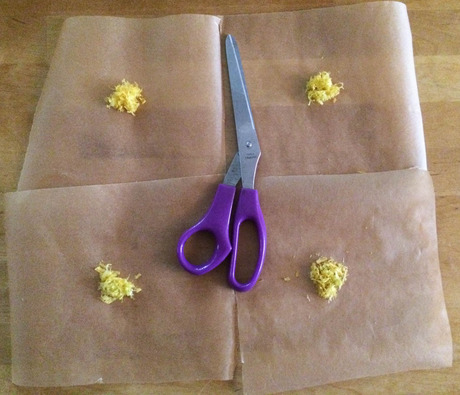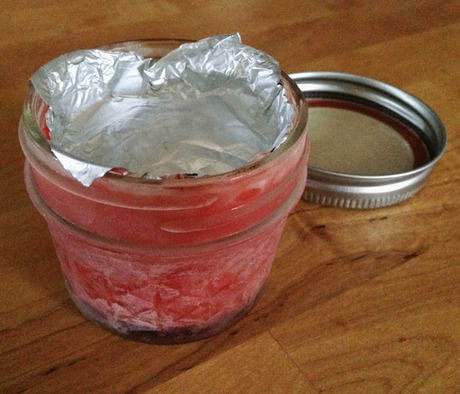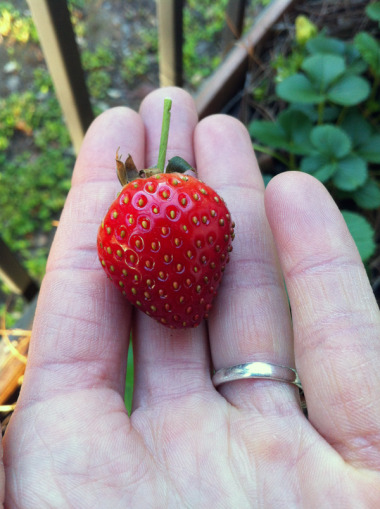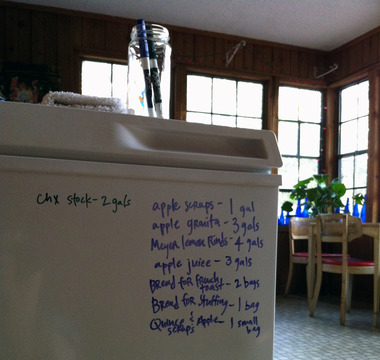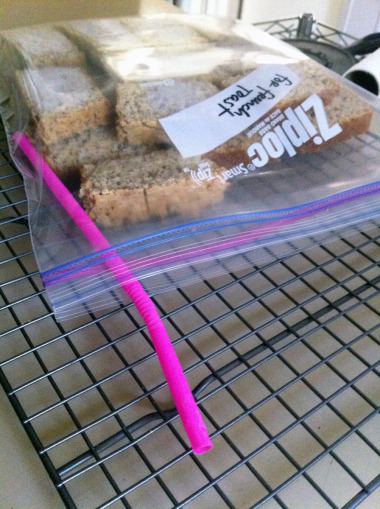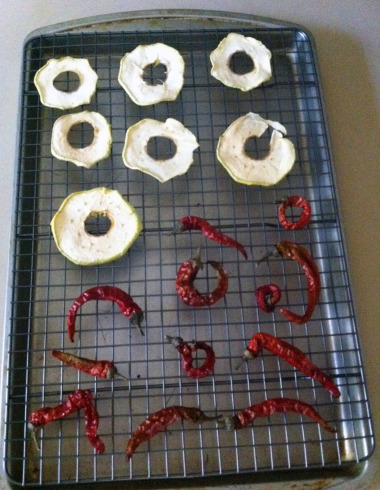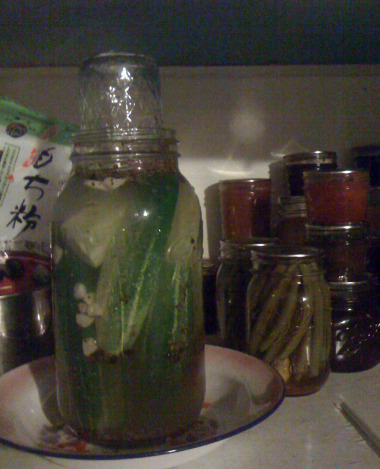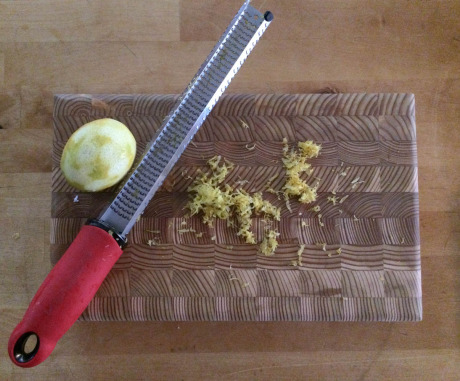
The bounty of citrus in winter months never fails to incite frenzy to save every bit and bob from these fragrant fruits. I taught this workshop over the weekend and have many posts on the blog (here, here and here to name a few) dedicated to using up citrus from rind to seed.
Freezing zest is a great way to add bright, freshness to your baked goods and dinners throughout the year when your citrus bounty is nonexistent. Start by zesting the fruit. Then cut out a few 6” x 6” parchment paper squares and divvy the zest into 1 tsp measures onto the papers. Fold them up tightly.
Wrap your folded packets in a piece of tin foil (and don’t forget to date them!). Throw this bundle in a freezer bag for one more layer of volatile oil protection! Try to use these within 6 months for maximum zing.


